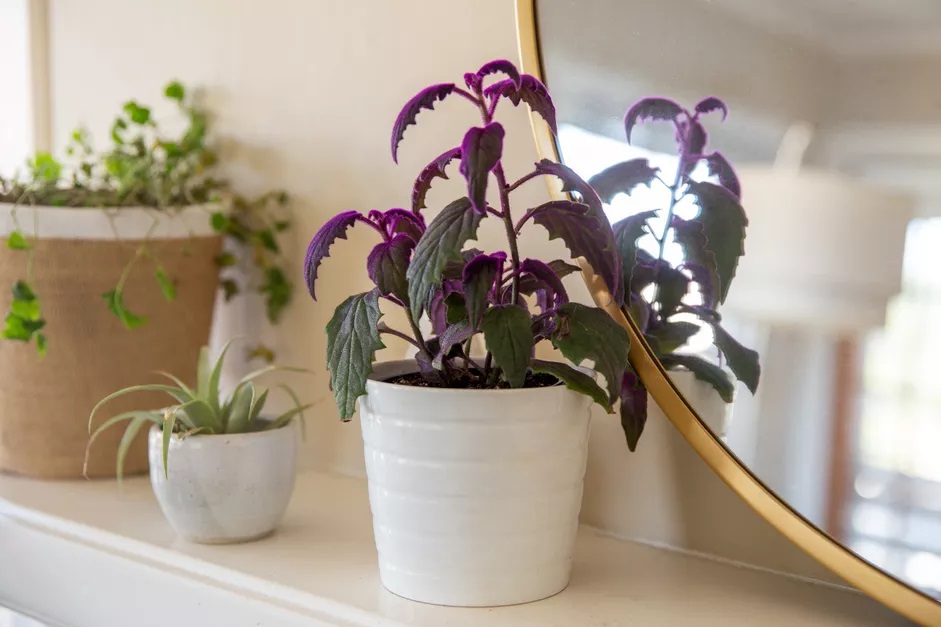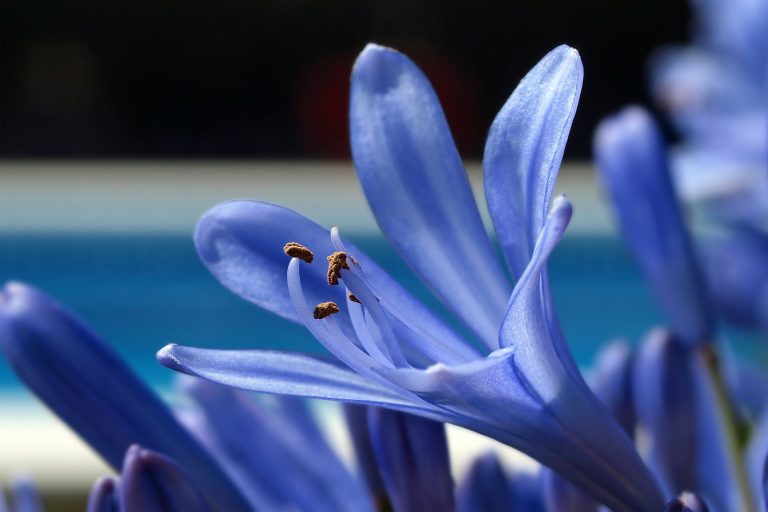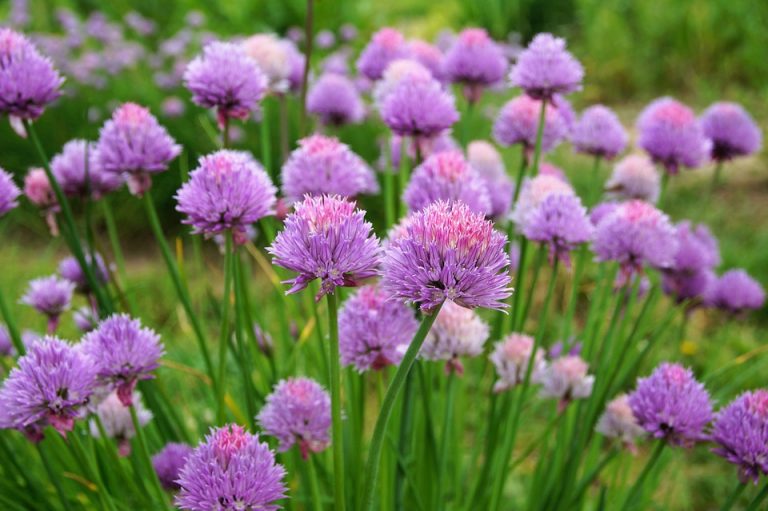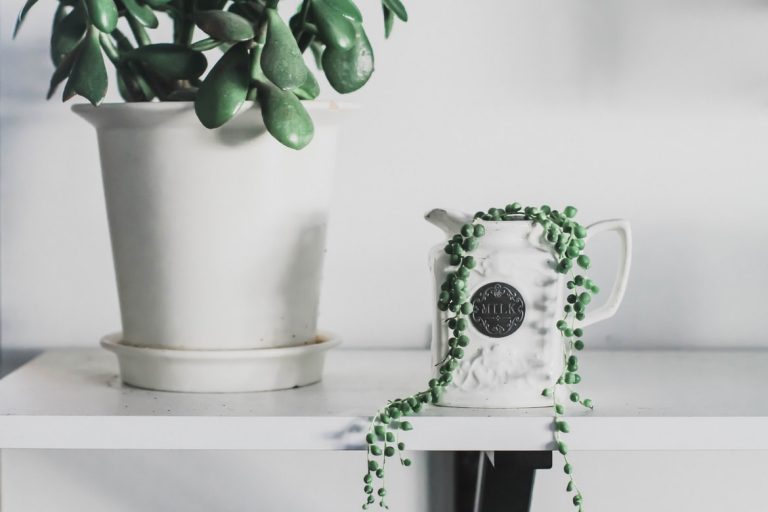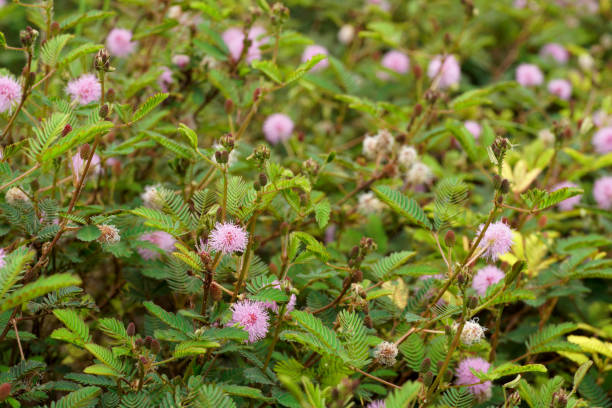How to Grow and Care for Purple Passion?
About Purple Passion
The purple passion plant or Gynura aurantiaca (formerly Gynura procumbens or Gynura bicolor) is a species of flowering plants of the genus Gynura. It is a hardy, perennial, evergreen shrub that blooms in tropical climates all year-round and in temperate climates during the summer. Its leaves are deeply lobed and have a velvety texture. The dark green topside of the leaf is in contrast to the striking purple underside of the leaf.
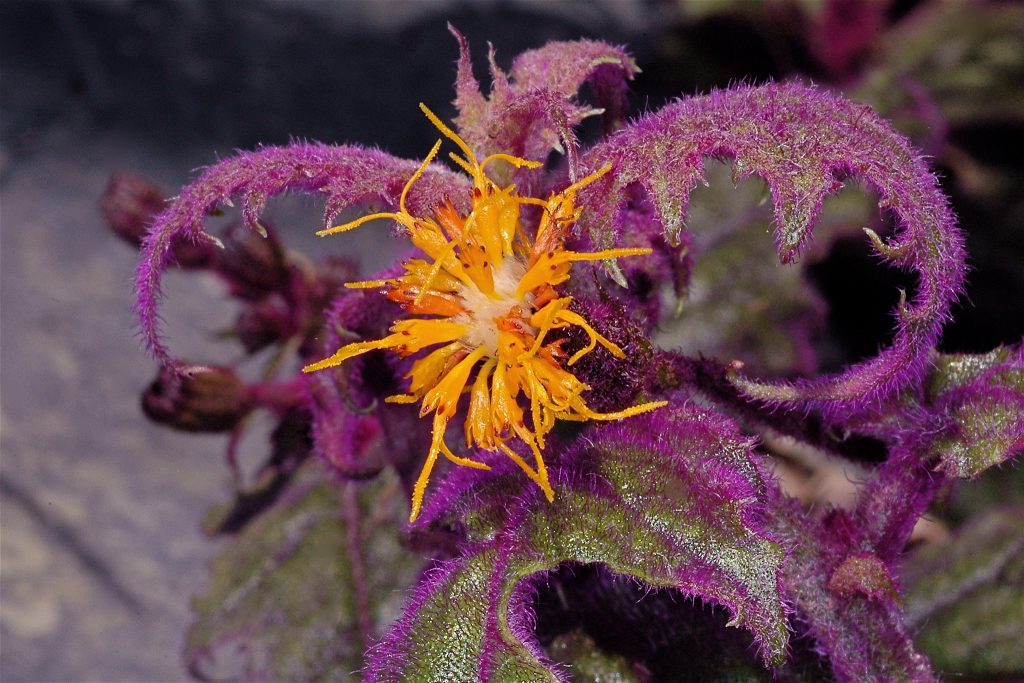
As a member of the Asteraceae family, purple passion plants produce small yellow flowers on top of long stems. The flowers are not particularly interesting or showy and many gardeners remove them so that they can focus on the colorful foliage of the plant.
This striking houseplant has a reputation for being hard to kill. It can tolerate low light levels and drought conditions. If you provide your plant with good care it will thrive in your home or office for many years.
Uses and Medicinal Properties
The main benefit of the Gynura aurantiaca is its medicinal properties. It is known for its ability to regulate blood sugar levels and reduce blood pressure. It also helps with digestion and overall health.
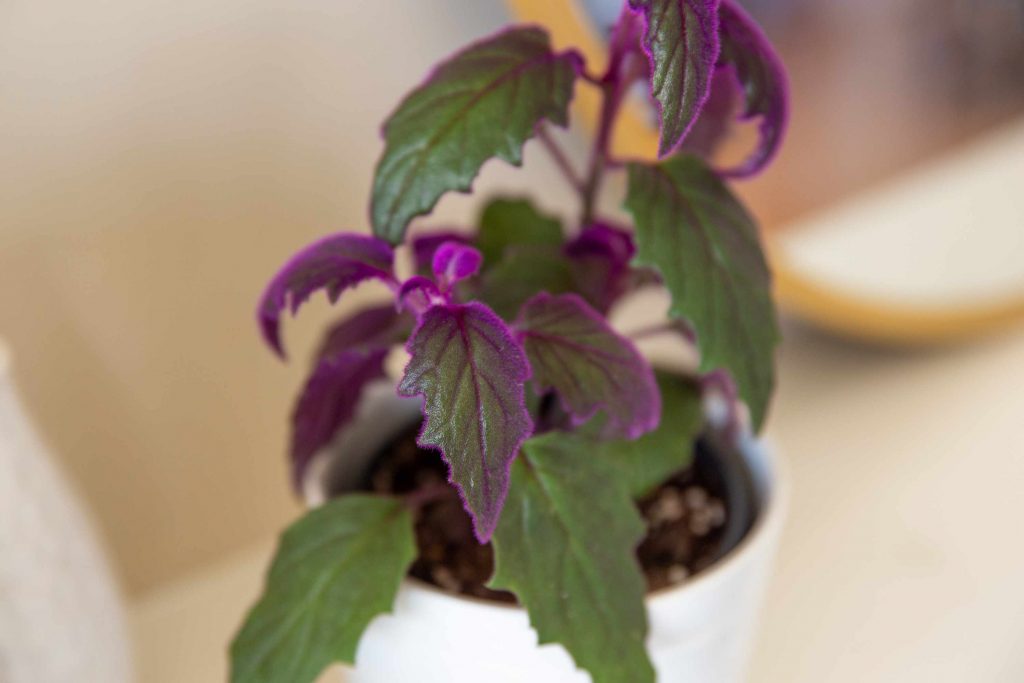
Good for diabetes
The leaves are rich in antioxidants and polyphenols like beta-carotene and lutein which help control blood sugar levels. They have been found to be effective for type 2 diabetes patients by reducing blood sugar levels when taken on an empty stomach.
Prevents cancer
The purple passion plant contains bioactive compounds that fight free radicals which damage cells and lead to oxidative stress and inflammation which can trigger cancer. Studies show that the extracts from the leaves can help induce cell death in cancer cells without affecting healthy cells.
Good for your heart
The antioxidant compounds like beta carotene found in the purple passion plant protect your heart from cardiovascular diseases by lowering bad cholesterol levels
The Gynura aurantiaca is often used by herbalists as an ingredient in remedies for colds and flu symptoms.
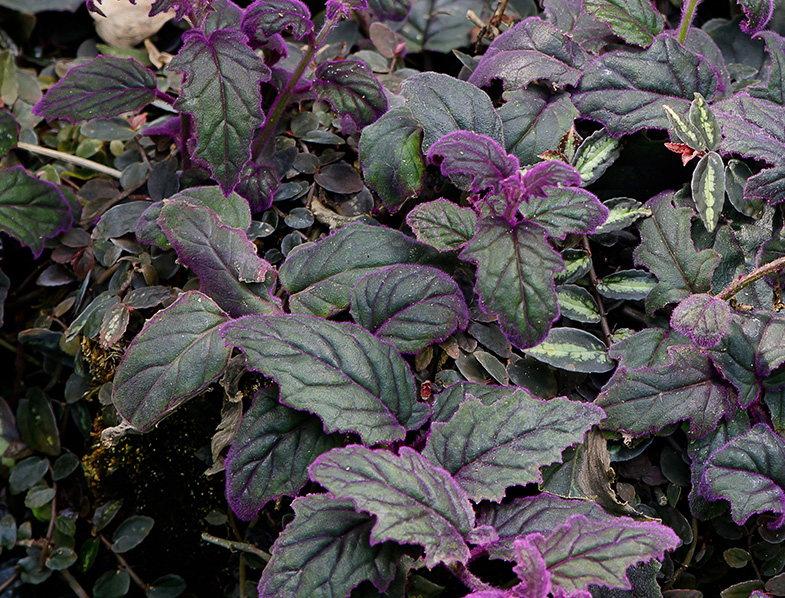
Growing Purple Passion
Popular with houseplant enthusiasts and often featured in floral arrangements, the purple passion plant is a unique addition to the indoor garden. Here are some guidelines to raise such a healthy plant:
Light
The purple passion plant prefers bright, indirect sunlight. If you keep it indoors, place it near an east-facing window where it will get bright light without being directly exposed to the sun’s rays. The more light the plant gets, the more vibrant its purple coloration will be. If you live in an area with mild winters, you can grow this plant outdoors during the summer months. You can also bring your indoor plants outdoors in spring and summer as long as they are gradually introduced to direct sunlight over two weeks.
Soil
Use a well-draining potting mix suitable for houseplants when growing purple passion plants indoors. You can mix your own using equal parts of soil-less potting mix, coarse sand, leaf mold, or compost. Alternatively, buy ready-made cactus and succulent soil at the garden center.
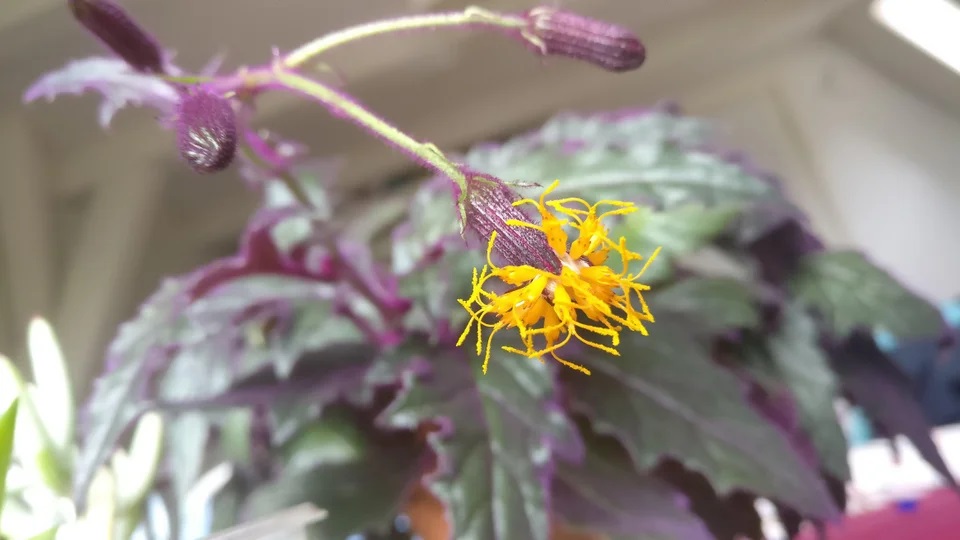
Watering
Although the purple passion plants will tolerate brief periods of drought, it’s best to keep the soil evenly moist at all times. Water thoroughly whenever the soil feels dry in the upper half-inch, emptying any excess liquid from the drip.
Temperature
The purple passion plant grows best in temperatures between 60 and 75 degrees Fahrenheit. It can tolerate high temperatures, but if the temperature drops below 45 degrees F for any length of time, the leaves will turn brown and die back until warm weather returns.
Caring for Purple Passion
Your houseplant will thrive when you place it in a warm and humid environment. This is because this plant can grow in places such as rainforests. So, if you want to make your plant happy, do the following things:
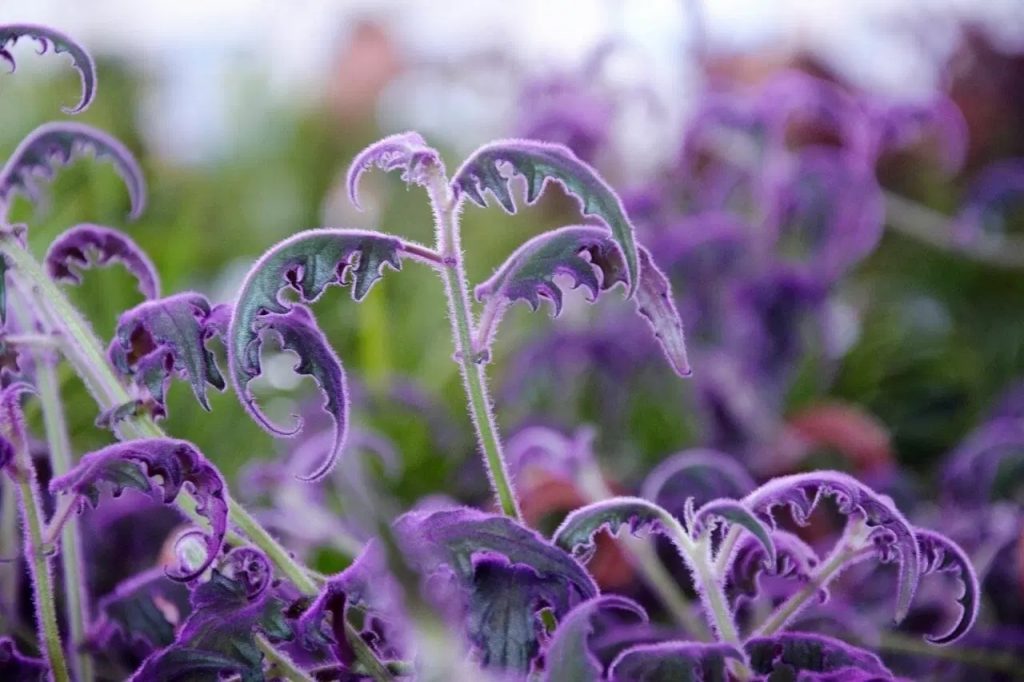
Place the plant at the right temperature
The temperature in your home should be between 60-75 F during the day and not less than 60 F at night. Avoid placing this plant near an air conditioner or drafty windows. The cold air from these areas can stress your plant out.
Place it in a humid area
The humidity of the room where you place this plant should be between 50-70% to keep it happy. If the humidity is too low, the leaves will develop brown spots on them and start to drop off. To increase humidity around your plant, use a pebble tray or mist its leaves daily with water.
Also, below are some of the don’ts you might consider to protect the plant from dying:
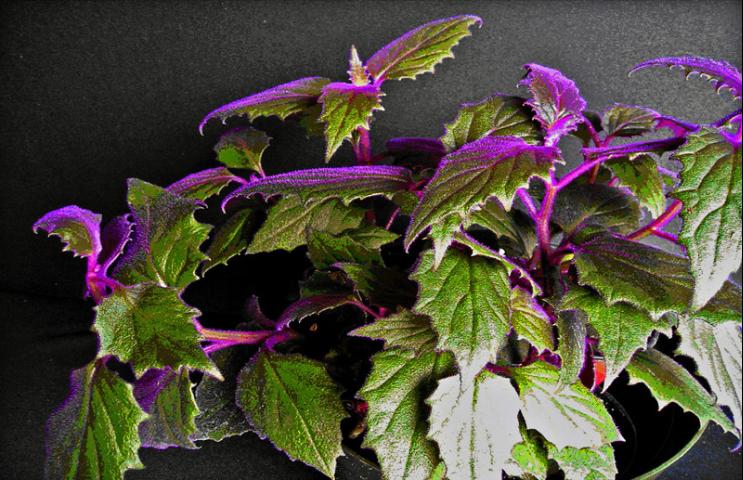
- Do not water the plant directly on the leaves. This can cause them to rust
- Do not overwater
- Do not place the plant in full sun
- Do not feed them during spring and summer as they are dormant in these seasons
Propagating Purple Passion
Correct propagation of this plant will contribute to its journey of being an apple of the eye of any garden. Here’s some of our take:
Step 1: Take cuttings from a healthy, thriving Purple Passion Plant. The cuttings should be about 2” long, and you should take them from the ends of the stems.
Step 2: Remove the leaves from the bottom half of the cutting. You may want to dip or sprinkle them with rooting hormone for faster growth, but this is not necessary.
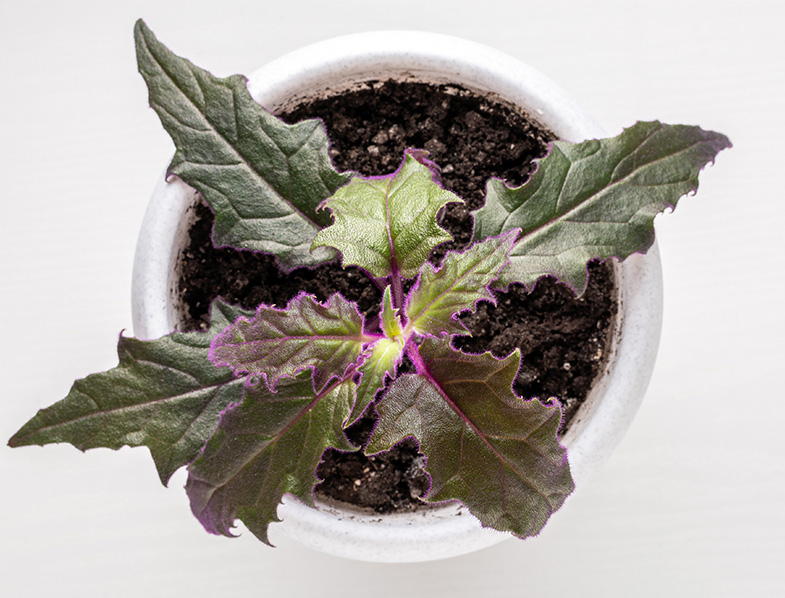
Step 3: Now fill a pot with vermiculite, perlite, or sand and water it so that it is damp but not soggy. Then poke holes in the soil and insert your cuttings. Press down on the soil around them so that they are secure and won’t fall over.
Step 4: Place your plant in bright light, but not direct sunlight, and keep the soil moist but not wet. After a few weeks, you should start seeing new growth at the base of your cutting, and after about a month, you can transplant your new Purple Passion Plant into its container.
Pest and Disease Control
The purple passion plant is not a common houseplant, so it’s rare to encounter problems. However, it can suffer from the same pest infestations as other houseplants.
Mealybugs are the most common pest of the purple passion plant. They look like tiny cotton balls and cluster on the underside of leaves. The best way to combat mealybugs is by dabbing them with a cotton swab dipped in rubbing alcohol (isopropyl alcohol). This will kill the insects in contact.
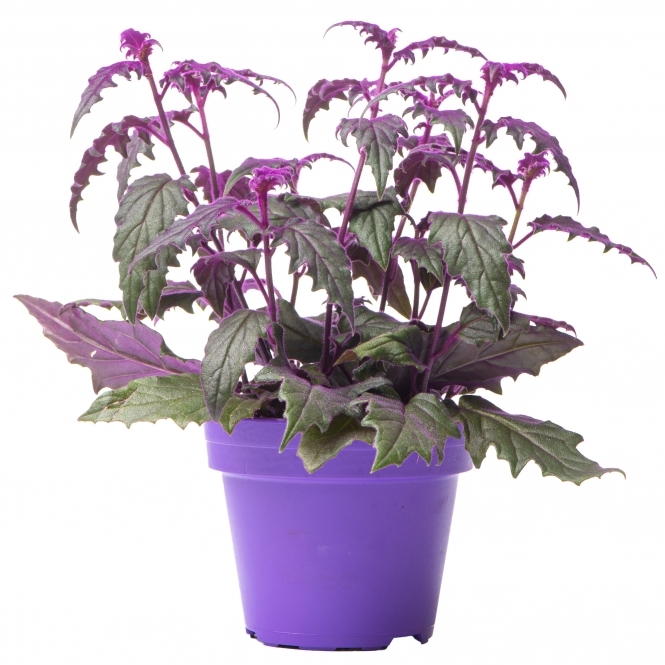
Aphids are another pest that may infest the purple passion plant. They are small, pear-shaped insects that often cluster on new growth. These pests can be treated with insecticidal soap or horticultural oil sprays, which work by suffocating the insects.
Spider mites can also become a problem on the purple passion plant. You won’t see these pests without a magnifying lens because they’re so small, but you’ll notice their damage in the form of tiny yellow spots on leaves or webbing between stems and leaf petioles (the stalk attaching a leaf to the stem). Spray spider mite-infested plants with water every few days to dislodge them and clean up any fallen leaves, to make sure none of its kind remains.

